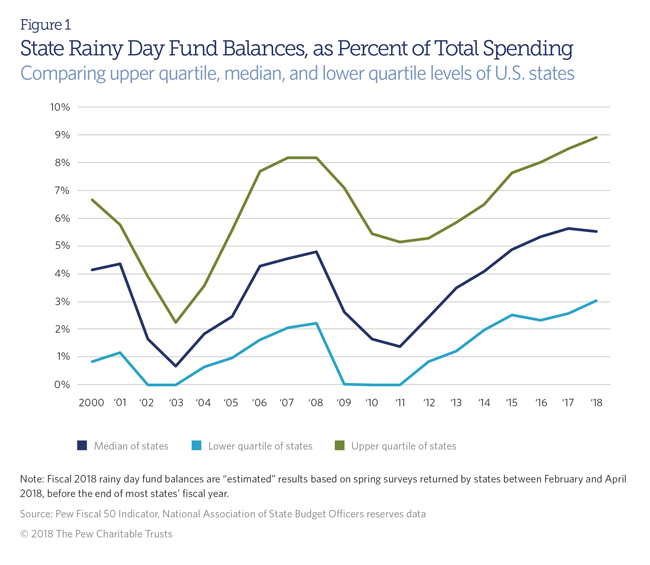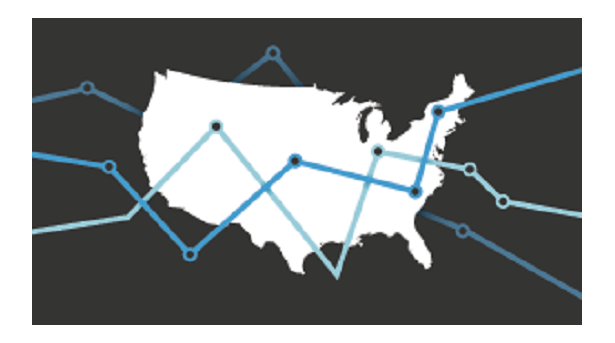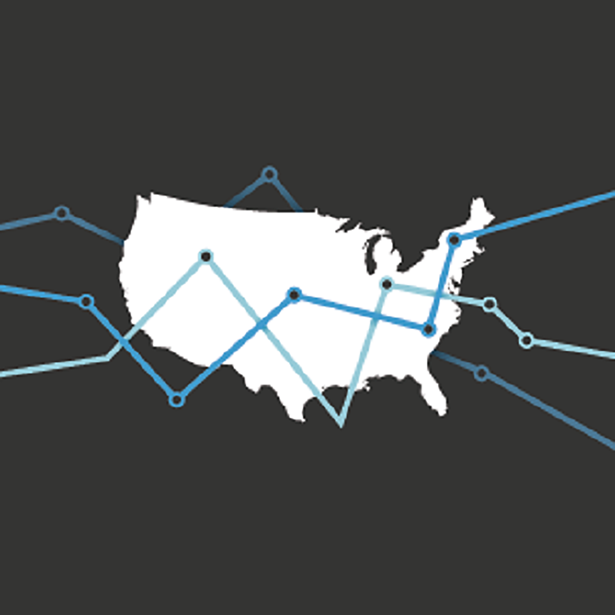When Have States Saved Enough for a Rainy Day?
Increasing number using data to set targets and better plan for economic swings
States often depend on their rainy day funds, more formally known as budget stabilization funds, to help them weather economic downturns and uncertainty. These funds act as savings accounts that allow states to set aside above-normal revenue growth when the economy is strong so it can be used in times of recession when revenues drop sharply. With significant reserves, states can rely less on program reductions or tax increases to close a budget gap when their residents can least afford it.
For many states, the Great Recession, which ran from late 2008 through the middle of 2010, served as a wake-up call to re-evaluate their savings policies. In total dollars, state budget shortfalls outstripped savings nearly 2 to 1 in the first year of the downturn alone. A decade later, many states have improved their reserve policies, but more remains to be done as governments prepare for the next recession. For example, a September 2018 analysis by Moody’s Analytics found that 32 states fell short of having enough reserves to offset even a moderate recession.
As states work to balance saving for future needs against funding other important priorities, an increasing number are using evidence-based approaches to determine how much they want to have on hand to navigate the next recession.
Rainy day fund balances increasing but some states lag behind
Collectively, U.S. states have more set aside in their rainy day funds now than they did before the Great Recession. In fiscal year 2008, immediately prior to the downturn, the 50-state median rainy day fund balance was equivalent to 4.8 percent of expenditures. That figure is now 5.5 percent, but many still lag well behind. The bottom half of states have saved only 3.0 percent of expenditures, a level likely well below what they might need to mitigate a recession (see Figure 1).
This year, many are making positive strides. Higher than expected revenue growth left several states with budget surpluses at the end of fiscal 2018. Anticipating some of those gains may be temporary or one-time in nature, some invested a portion of the extra cash in their rainy day funds; a few added to their savings accounts for the first time in years.
In July, for example, Pennsylvania announced its first deposit to the rainy day fund since 2006. Kansas, which created its fund in 2016, put a plan in place this year to fund the account if revenue exceeds projections in 2020, 2021, or 2022.
Massachusetts, which was downgraded by S&P Global Ratings last year because of excessive use of reserves during an economic expansion, recently said it will deposit $514 million of its $1.7 billion capital gains revenue for the year in its fund. Policymakers cited the one-time nature of much of the revenue. Following the recession, the state enacted a rule requiring that above-normal collections of capital gains revenue be set aside to ensure Massachusetts is better prepared for any downturn.
More states using evidence to set savings targets
With the start of fiscal 2019, policymakers in many states are asking whether they are saving enough. They are trying to determine how best to balance preparing for the future with other, more immediate priorities. They know that each dollar saved is a dollar that cannot be used now on important programs, services, or revenue reductions. To make these decisions, more are turning to evidence-based approaches, rather than setting savings targets to an arbitrary percentage of state revenue or spending. For example:
- Delaware: In 2017, the General Assembly passed HJR 8, which tasked the Delaware Economic and Financial Advisory Council with assessing the state’s budget smoothing practices. In a report released in June 2018, the council recommended setting the target size of a budget stabilization fund at 10 percent of general fund revenue, large enough to offset nine out of 10 potential revenue downturns considered in the analysis. Currently, the state Budget Reserve Account is capped at the equivalent of 5 percent of general fund revenue.
- Minnesota: For several years, the state has required that the maximum size of its Budget Reserve Account be based on an analysis of the state’s revenue volatility. For the current two-year cycle, the management and budget office recommended a rainy day fund size equal to 4.9 percent of biennial general fund revenue. That represents 9.8 percent in terms of annual dollars, the equivalent of $2.187 billion. By law, that number automatically becomes the cap for the rainy day fund.
- Montana: As a part of comprehensive reserve reform enacted last year in SB 261, the Legislative Fiscal Division and the Office of Budget & Planning were required to study and report on Montana’s tools for mitigating volatility. The agencies used stress testing to gauge reserve levels and recommended various savings targets that could be achieved, depending on the goals of policymakers.
- North Carolina: For the first time, North Carolina this year used a statistical model to determine the target size for its rainy day fund, the Savings Reserve Account. A required joint analysis by the Office of State Budget and Management the Legislative Research Division found the state should set aside 11.3 percent of general fund revenue to meet its savings goals.
- Utah: In March, the state enacted HB 452, which requires the Office of the Legislative Fiscal Analyst to produce long-term forecasts and regularly conduct comprehensive budget stress tests. In 2008, Utah started regular analyses of revenue volatility, the only state then with a statutory requirement to produce these studies on a recurring basis. The new law builds on these practices, making the volatility studies part of a three-year cycle that examines long-term fiscal sustainability. In the first year, the office will publish its volatility report. In the second, it will calculate a long-term budget that includes programs appropriated from major funds. Then in year three, the office will conduct stress testing to compare estimated future expenditures to expected revenue under multiple economic scenarios.
Although state approaches to replenishing their rainy day funds differ, evidence-based savings targets are critical for maintaining state budgets. These targets can help policymakers reach consensus around how much a state needs to save. They bring increased transparency about the reasons for holding money in reserve, and they prevent states from under—or over-saving—during times of economic growth.
Mary Murphy is project director and Steve Bailey is an associate manager with The Pew Charitable Trusts’ states’ fiscal health project.












